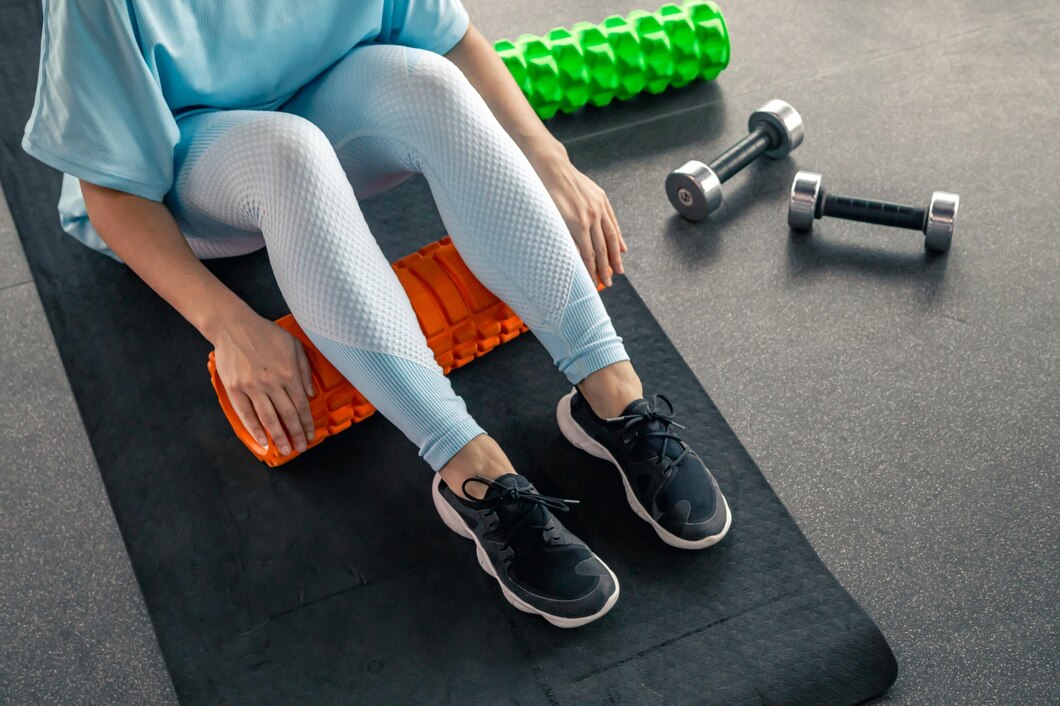Foam rolling has gained popularity as an effective method for self-myofascial release, offering numerous benefits for muscle pain relief and overall physical health. This technique involves using a foam roller to apply pressure to specific areas of the body, helping to release tension, improve blood flow, and enhance mobility.
Understanding Foam Rolling
What is Foam Rolling?
Foam rolling is a form of self-massage that targets the fascia, the connective tissue surrounding muscles and organs. By applying pressure with a foam roller, individuals can break up adhesions and knots, improving muscle function and reducing pain.
Benefits of Foam Rolling
-
Pain Relief: Foam rolling can alleviate muscle soreness and tightness, providing relief from pain and discomfort.
-
Improved Flexibility: Regular foam rolling can enhance flexibility and range of motion by releasing tension in the muscles and fascia.
-
Enhanced Recovery: Foam rolling can speed up recovery after workouts by increasing blood flow and reducing inflammation.
-
Prevention of Injuries: By maintaining muscle flexibility and health, foam rolling can help prevent injuries and muscle strains.
How to Use a Foam Roller
Choosing the Right Foam Roller
Foam rollers come in various densities and textures. Beginners may start with a softer roller, while more experienced users might prefer a firmer one. Textured rollers can provide additional pressure for deeper muscle release.
Basic Foam Rolling Techniques
-
Hamstrings: Sit on the floor with your legs extended and place the foam roller under your hamstrings. Use your hands to lift your body and roll back and forth from the glutes to the knees.
-
Quadriceps: Lie face down with the foam roller under your thighs. Use your forearms to support your upper body and roll from the hips to the knees.
-
Upper Back: Sit on the floor and position the foam roller under your upper back. Cross your arms over your chest and lift your hips off the ground. Roll from your mid-back to your shoulders.
-
Calves: Sit on the floor with your legs extended and place the foam roller under your calves. Lift your hips off the ground and roll from the ankles to the knees.
Tips for Effective Foam Rolling
-
Start Slowly: Begin with gentle pressure and gradually increase as your muscles become accustomed to the sensation.
-
Focus on Tight Areas: Spend extra time on areas that feel particularly tight or sore.
-
Breathe Deeply: Maintain steady, deep breaths to help relax your muscles and enhance the effectiveness of foam rolling.
-
Hydrate: Drink plenty of water before and after foam rolling to aid in muscle recovery and hydration.
Foam rolling is a valuable tool for anyone seeking to alleviate muscle pain, improve flexibility, and enhance recovery. By incorporating foam rolling into your regular fitness routine, you can experience the benefits of myofascial release and enjoy greater overall physical well-being. Remember to start slowly, focus on tight areas, and stay consistent with your foam rolling practice for the best results.




